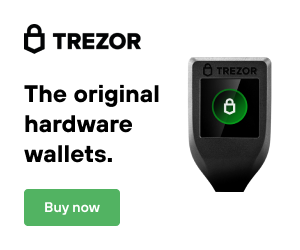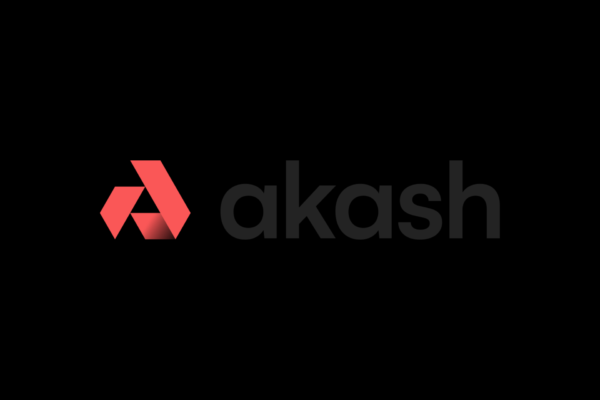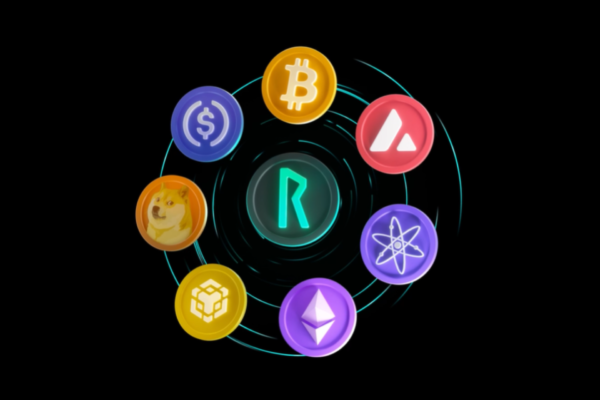The world of crypto can be intimidating and has barriers to entry for the average person. Crypto markets can be much more volatile than the stock market, which often leads to a more emotional response to that volatility.
However, with careful planning, thought, and patience, it is not as scary as it may seem. By educating yourself on the basics of crypto market behaviors before jumping in, you can give yourself a head start over the “HODL”(Hold on for Dear Life) crowd. This article will focus on showing you ways that you can buy your first crypto, storing crypto, and some other helpful basics.
Crypto can be purchased in a variety of ways, perhaps the easiest way to get involved is to link your bank account to an exchange. This process is very similar to buying stocks on Robinhood or another brokerage. Each country has a list of exchanges that are allowed to participate in one of three major ways. The first way is through a process that is known as KYC or “know your customer”. “A KYC check is the mandatory process of identifying and verifying the client’s identity when opening an account and periodically over time” according to [1]. KYC is generally required when requesting larger monthly transactions of cash or crypto to and from the brokerage. The second way is through a debit or credit card, although this usually includes an extra fee for the transfer of funds. There is also a third process in which someone who already owns crypto can send it from a wallet or different brokerage, where it can be sold to fiat, or swapped for a different crypto.
Coinbase is a popular American exchange that offers both a new-user friendly platform and also an advanced trading platform known as Coinbase Pro. Both platforms offer easy KYC in which you link a selected bank account similar to using Paypal or Venmo. There is no fee for adding United States Dollars (USD) to the exchange, and once verified, money can be used immediately to buy and trade crypto. Coinbase has a six day period in which funds cannot be withdrawn off the exchange. This prevents people from moving money across various exchanges rapidly, which aids in providing stable liquidity to the market. Liquidity is the total availability of an asset to a market or company, as crypt is withdrawn off an exchange to personal wallets, less is available for open trade[2]. There are a variety of other exchanges in the U.S. including Binance US, Kraken and crypto.com, but Coinbase was first to market, has great brand awareness, and makes it very easy to move money into an account for you to trade from. Other countries are far ahead of the U.S. when it comes to the number of exchanges and different cryptos, so explore your options if you live outside of the U.S.

Most exchanges offer some form of 2-factor authentication which is an important part of protecting your account from malicious attacks. Using text and email authentication along with face ID and other methods is highly recommended. Some exchanges also have separate authentication for sign-in, deposits, withdrawals, and transfers. This practice is also highly recommended as these are the types of transactions that attackers use to steal funds. Even still, exchanges can only provide security to the extent of their capabilities. The safest way to store your crypto is self-custody in a personalized wallet. Crypto wallets come in a variety of forms but offer additional security features. Seed phrases are special phrases that are never digitized and only recommended to be written on paper.
Seed phrases can be used to recover a locked, lost, or damaged wallet and return funds, this also applies to hardware wallets which are by far the safest type of wallets. Personal wallets also generally identify the owner when a new IP address accessed the site and can be automatically locked until the seed phrase is applied. Seed phrases are best kept on paper, in a locked safe, and in multiple areas. Wallets have two main types; “hot wallets”, which have some connection to the internet, and, “cold wallets”, which are isolated from the internet when not in use, making them the safest option. Popular hot wallets include[trustwallet], [Metamask]and [Exodus]. All a user needs to do to send to a personal wallet is use the exchange’s “send” function, which may be called something else in some cases, such as “transfer”. When on your personal wallet, there is generally a function that allows you to copy the wallet address and paste it into the recipient address field. Before sending any crypto from one place to another, whether that’s from an exchange, a wallet, or wherever else, it is always a good idea to validate the addresses a couple of times, and send small amounts of crypto first to confirm the addresses are correct. If you send crypto to the wrong address, there is very little that can be done to recover whatever was sent. It can often mean a total loss. Coinbase provides a simple guide for sending and receiving crypto here [guide].
It is always recommended to have a dedicated web browser with your favorite crypto websites saved as links, which can help you avoid falling prey to phishing attacks from scammers. Copying and pasting is also a best practice. Always double check the websites you are visiting, and if any website ever asks for a seed phrase or password, do not provide it. Close out the web browser and find a customer support line for your exchange if necessary.
Helping our readers to form good habits early is one of the main goals of our website. We sincerely want to see you succeed with crypto, and we hope to make this developing industry less intimidating for our readers.
















